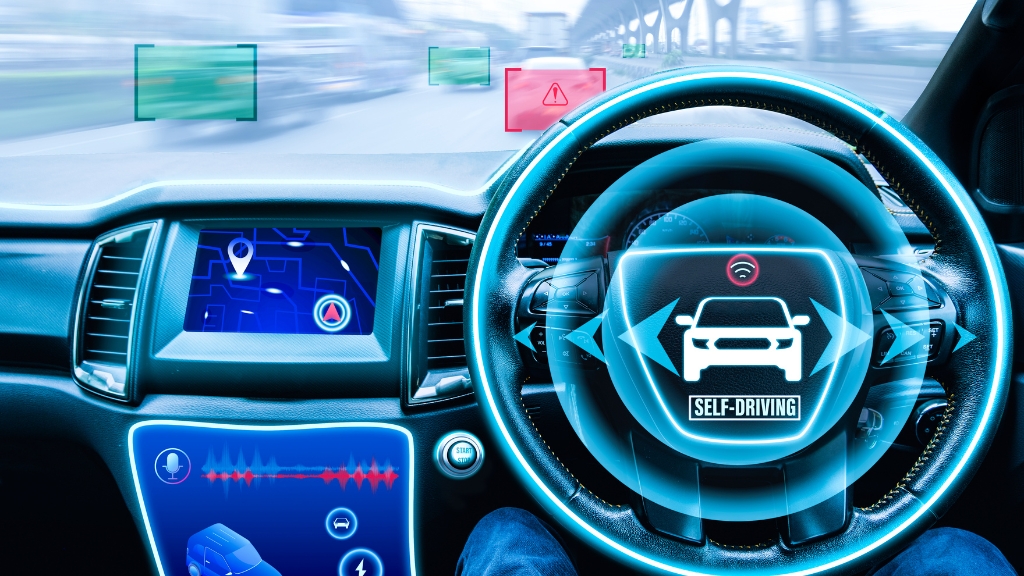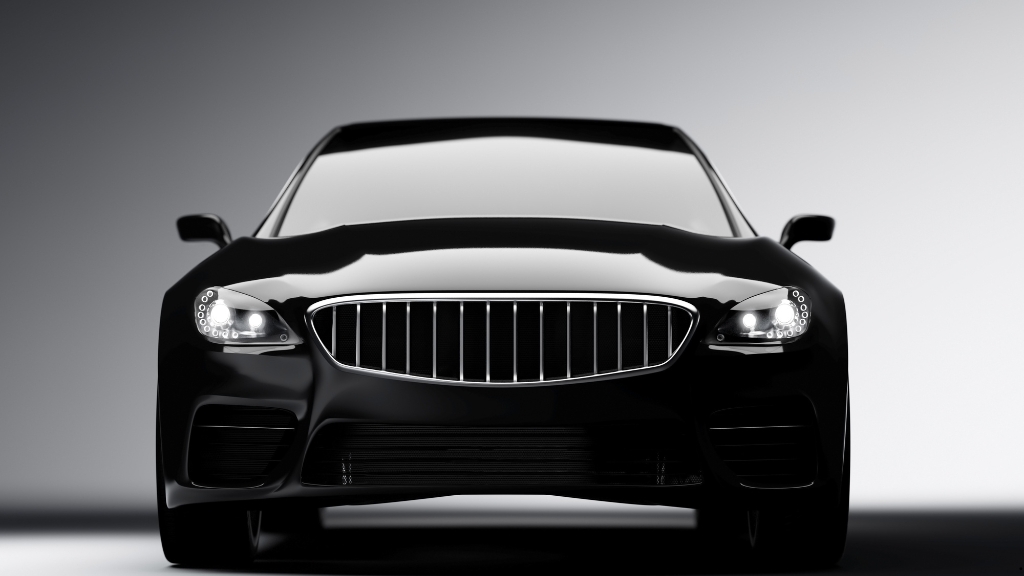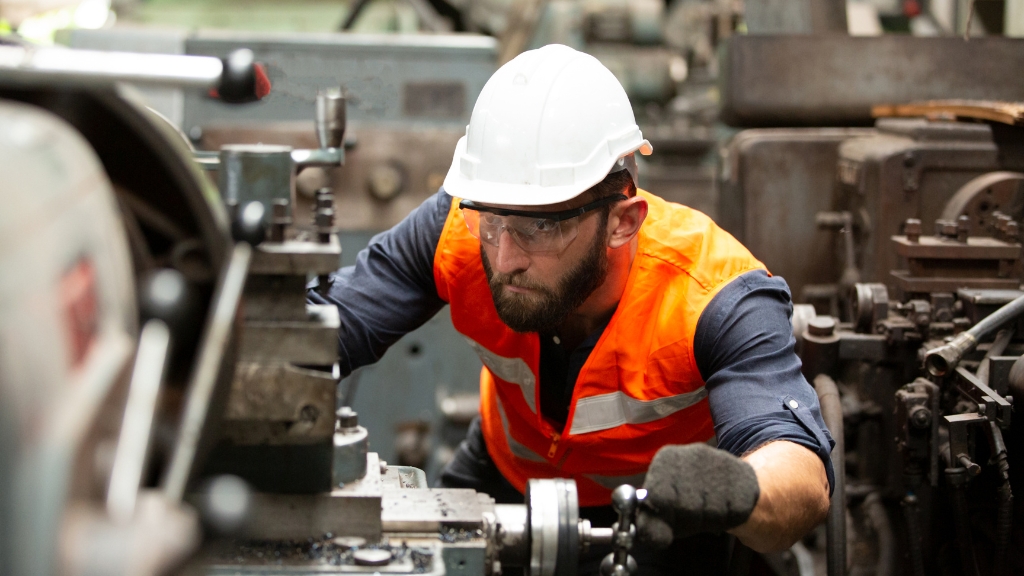When I see a sleek, futuristic car cruising down the road, I can’t help but wonder about the journey it took to get there. Every innovative vehicle starts as a spark of imagination, evolving through countless sketches, prototypes, and engineering breakthroughs before it becomes reality. It’s a process that blends creativity, technology, and precision like no other.
Designing cars isn’t just about aesthetics; it’s about solving problems and shaping the future of mobility. From advanced aerodynamics to cutting-edge materials, every detail is meticulously crafted to deliver performance, safety, and sustainability. The road from concept to production is as fascinating as the cars themselves, filled with challenges and groundbreaking ideas.
The Vision: Conceptualizing Innovative Cars
Car design begins with a vision, merging consumer demands and creative ingenuity. This stage sets the foundation for groundbreaking innovation.
Identifying Market Needs And Trends
Analyzing market needs identifies gaps in functionality, performance, and style. I study global automotive trends, like sustainability and autonomous technology, to align concepts with future demands. For example, the growing focus on electric vehicles (EVs) shapes priorities like battery efficiency and charging infrastructure. Consumer feedback and cultural preferences help refine goals, ensuring relevance in diverse markets.
Exploring Design Inspiration And Creativity
Exploring diverse industries ignites creative concepts. I draw inspiration from architecture, nature, and fashion, translating fluid forms or unique materials into car designs. Collaborative brainstorming sessions with engineers, designers, and marketers foster innovative ideas. For instance, natural biomimicry influences aerodynamics, while futuristic interiors often mirror advancements in ergonomic furniture.
Prototyping: Bringing Ideas To Life
Prototyping transforms abstract concepts into tangible forms, bridging the gap between design and production. It’s a critical phase where creativity meets practicality, ensuring designs are functional, manufacturable, and innovative.
Creating Initial Sketches And 3D Models
I start by translating concepts into detailed sketches, focusing on proportions, lines, and key design elements. These sketches act as the foundation for digital 3D models. Designers use specialized software like Autodesk Alias or Blender to craft precise models, capturing complex exterior curves and interior layouts. The transition from 2D to 3D allows better visualization and iterative refinements to align with technical requirements and aesthetics.
Physical models in clay or resin follow, replicating the virtual designs. These scaled or full-sized prototypes offer a tactile sense of the vehicle. They’re essential for evaluating real-world proportions, shadow dynamics, and overall form. For instance, clay models enable surface refinements under variable lighting conditions, ensuring the design feels cohesive and appealing.
Testing Virtual Simulations And Engineering Feasibility
Virtual simulations evaluate the prototype’s performance under real-world conditions. Software tools like ANSYS and Siemens NX test aerodynamics, structural integrity, and thermal management. Computational fluid dynamics (CFD) models help optimize airflow, reducing drag for better fuel efficiency. In EVs, thermal simulations ensure battery components operate within safe temperature ranges.
The next step is analyzing engineering feasibility. I assess whether the design meets manufacturing constraints, regulatory standards, and cost parameters. For example, material choices undergo stress tests to balance durability and weight. This iterative process integrates design with technical validation, bridging artistic vision and engineering practicality.
Refinement: Merging Design With Function
Refining a car design brings together artistic expression and functional demands to ensure the final product excels in both form and usability. This process focuses on improving prototypes through detailed analysis, testing, and real-world adjustments.
Incorporating User Feedback And Revisions
User feedback plays a pivotal role in aligning vehicle design with customer expectations. In this phase, data from focus groups, usability tests, and market insights shapes design updates. For example, respondents might highlight discomfort in seating or difficulty accessing controls, prompting ergonomic adjustments. Real-world testing, such as drive evaluations in varying environments, provides additional insights into performance, addressing comfort, efficiency, and safety issues. I ensure every revision integrates seamlessly into the design without compromising its core vision.
Combining Aesthetics With Practicality
A successful car combines visual appeal with usability. Designers continuously evaluate exterior features like body lines and grille shapes for aerodynamic efficiency while maintaining a striking appearance. In interiors, materials and layouts are selected for comfort, durability, and intuitive operation. For instance, touchscreens undergo scrutiny to balance functionality and distraction risk. By unifying these elements, I create vehicles that not only look innovative but also enhance the driving experience.
Manufacturing: Turning Prototypes Into Reality
After prototypes are refined and tested, the manufacturing phase transforms these designs into production-ready vehicles. This stage blends innovation with precision to ensure each car meets performance, safety, and aesthetic standards.
Adopting Advanced Manufacturing Techniques
I rely on advanced techniques to streamline production while maintaining quality. Robotic automation performs high-precision tasks like welding, painting, and assembly, reducing errors and improving efficiency. 3D printing creates complex components, cutting costs and time for low-volume or custom production. For broader sustainability, I see manufacturers using lightweight materials like aluminum, carbon fiber, or high-strength steel to enhance fuel efficiency without compromising safety.
Flexible manufacturing systems make adaptation simpler for producing multiple models on shared assembly lines. I notice this improves scalability, particularly for EVs, merging energy-dense battery technologies into production lines designed initially for combustion vehicles. Digital twins, virtual replicas of real-world production systems, further optimize layouts and workflows, predicting issues before implementation.
Ensuring Quality Control And Consistency
Every vehicle’s quality and reliability are vital. I witness manufacturers employing rigorous quality control measures across each stage. Automated vision systems inspect parts for defects, ensuring alignment and precision during assembly. Sensors within production lines monitor weld strength, bolt tension, and measurements in real-time, flagging irregularities immediately.
Standardized testing procedures, like crash durability assessments and environmental exposure tests, verify compliance with safety regulations. For consistency, I use Statistical Process Control (SPC) methods to analyze data trends, preventing deviations in material properties or assembly processes. Employee-led audits complement automated checks, catching potential flaws from a human perspective. This meticulous process guarantees cars leave the factory ready for diverse driving conditions.
Testing And Validation: Road-Ready Assurance
Testing and validation finalize a car’s transformation from concept to road. This stage ensures vehicles meet safety, performance, and compliance standards before reaching consumers.
Safety And Performance Testing
I thoroughly evaluate prototypes to confirm they meet stringent safety and performance criteria. Crash tests replicate collisions to assess structural integrity, airbag deployment, and passenger protection. Advanced simulations using Computer-Aided Engineering (CAE) tools predict vehicle behavior under stress, reducing reliance on physical tests.
Performance assessments analyze acceleration, braking, handling, and fuel efficiency under diverse conditions, like extreme temperatures or varying terrain. For EVs, battery durability and charging resilience undergo rigorous analysis to ensure long-term reliability. I leverage wind tunnel testing to optimize aerodynamics, minimizing drag while enhancing stability and energy efficiency.
Adapting To Regulations And Standards
Vehicles comply with regional and global regulations through precise calibration. I incorporate emissions testing for Internal Combustion Engine (ICE) vehicles and ensure EVs meet electric range and charging standards. Compliance with safety mandates, including crashworthiness and electronic stability controls, gets validated during this phase.
I stay updated on evolving regulations, like those governing autonomous features. For instance, adaptive driver-assistance systems undergo scrutiny to meet criteria for lane-keeping, emergency braking, and pedestrian detection. This alignment guarantees a car’s readiness for market launch without compliance risks.
The Future Of Innovative Car Design
Car design is evolving rapidly, driven by advances in sustainability, artificial intelligence, and autonomous technology. These innovations are reshaping how vehicles are conceptualized, produced, and experienced.
Embracing Sustainability And Green Technology
Sustainability plays a pivotal role in future car design. Designers are prioritizing renewable materials, like bio-composites and recycled metals, to reduce environmental impact. The integration of solar panels into vehicle exteriors is enhancing energy efficiency, helping EVs achieve extended driving ranges.
Hydrogen fuel cells and alternative powertrains are gaining attention for their potential to produce zero emissions while maintaining performance. For instance, Toyota’s hydrogen-powered Mirai exemplifies progress in this area. Manufacturing processes are also being optimized to reduce waste and carbon emissions by employing closed-loop recycling systems and energy-efficient methodologies.
Leveraging AI And Autonomous Features
Artificial intelligence is transforming vehicles into intelligent systems capable of learning and adapting to driver preferences. Designers are working on human-machine interfaces, like voice recognition and gesture control, that simplify interaction with in-car systems. Tesla’s AI-driven Autopilot system demonstrates how vehicles are advancing in autonomous functionality.
Sensor networks and LiDAR technology are being integrated into vehicles to enable real-time data processing for autonomous navigation. For safety, advanced algorithms are being designed to predict and respond to road conditions, traffic patterns, and potential hazards. Simultaneously, interior layouts are being reimagined to accommodate autonomous travel, focusing on passenger comfort and multi-functionality.
Conclusion
The journey from concept to road is a testament to human ingenuity and the relentless pursuit of progress. Every curve, material, and feature in a car reflects countless hours of creativity, collaboration, and precision. It’s a process that blends art with science, shaping vehicles that not only meet but exceed the demands of a rapidly evolving world.
As technology and sustainability continue to drive innovation, the future of car design holds limitless possibilities. From autonomous systems to renewable materials, the next generation of vehicles promises to redefine how we move and interact with the world around us. It’s an exciting time to witness the transformation of ideas into groundbreaking realities.



